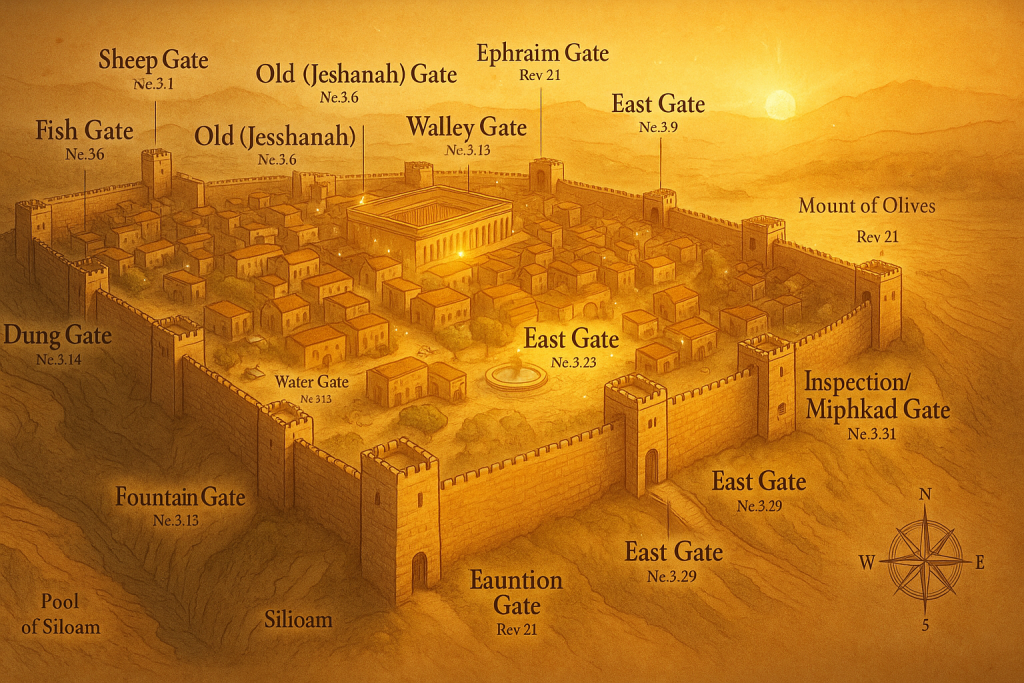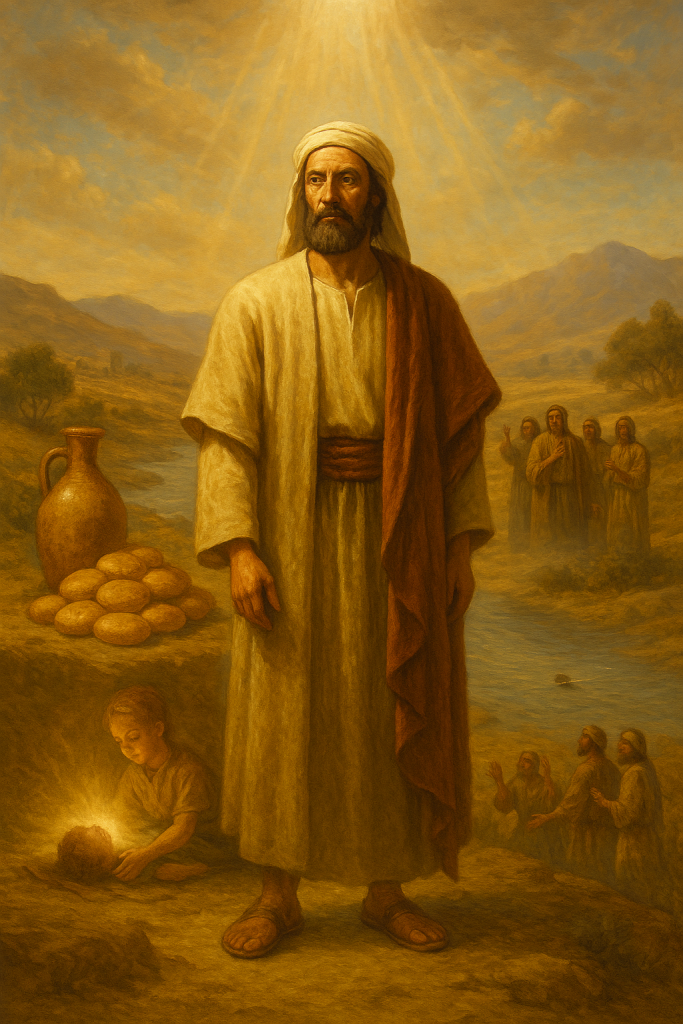Gnomes have long been associated with the earth quiet guardians of hidden places, keepers of roots, stones, and buried things. In spiritual symbolism, they stand for groundedness, protection, and wise stewardship of what is valuable yet unseen. Historically linked to the idea of earth elementals, gnomes evoke stability and patient work, reminding us to build a life that is steady, fruitful, and attentive to the small details that sustain growth.

What do Gnomes Represent Spiritually
From Renaissance esoteric texts to modern garden figures, their image has remained surprisingly consistent: close to the soil, discreet, and watchful. Consequently, when we ask what do gnomes represent, the answer often converges on qualities like practicality, endurance, and the safeguarding of resources material and moral. Moreover, this earth-centered symbolism resonates today, as many seek spiritual images that encourage balance, care for creation, and a return to life’s essentials.
This article will clarify what do gnomes represent spiritually with a clear, accessible overview. First, we’ll outline their roots in the “earth elemental” tradition; then, we’ll connect these traits to everyday practices home, garden, work, and inner character. Along the way, you’ll find concise explanations, examples you can apply immediately, and guidance to separate helpful meaning from superstition. Continue reading to gain a grounded, biblically informed framework for interpreting this symbol without confusion or excess.
What do Gnomes Represent
Historically, European folklore portrays gnomes as discreet dwellers of the underground figures tied to soil, roots, and stone. Renaissance physician and thinker Paracelsus popularized the idea of gnomes as earth elementals, a class of beings associated with the solidity of matter, the patience of slow growth, and the reliability of natural order. In this lens, they symbolize stability, prudent work, and wise care for resources that are “hidden” yet essential.
As the folklore developed, gnomes were often pictured as guardians of mines, metals, and buried treasure. Consequently, they came to represent watchfulness over value both material and moral. The image of a small, vigilant protector at the threshold of a home or garden reinforced this meaning: protect what is entrusted to you, cultivate what is fragile, and persevere through seasons.
Over time, that symbolism moved from folk tales into everyday life. Garden gnomes especially in Central Europe and later in the UK and the United States kept the same earth-centered message while becoming familiar household figures. While decorative, they still point to practical virtues: diligence, grounded wisdom, and stewardship of creation.
To summarize the core signs that answer what do gnomes represent and connect naturally with what do gnomes represent spiritually:
- Earth and stability: A reminder to stay grounded and build on steady foundations.
- Guardianship and protection: Watching over treasures finances, family, character, and creation.
- Hidden wisdom and patience: Valuing slow, faithful work that bears fruit over time.
- Prosperity with responsibility: Treating resources as gifts to be cultivated, not exploited.
Seen this way, gnomes function as “earth guardians” a compact symbol of steadiness, care, and quiet strength that still speaks to modern readers seeking balance and rootedness.
Read also our article about:
Biblical Meaning of Dreams.
Biblical Meaning For Numbers.
Connection with Nature and Home Protection
Gnomes are often placed at thresholds near the garden gate, by the porch, or beside a planter because they embody grounded presence. In practical terms, they point us back to the soil, to daily care, and to the quiet routines that keep a household flourishing. Consequently, when people ask what do gnomes represent, the answers usually converge on rootedness, attentiveness, and stewardship of small things that matter over time.
Spiritually, this image complements what do gnomes represent spiritually: a call to live close to creation, to honor the rhythms of growth and rest, and to protect what has been entrusted to us family, resources, and the peace of the home. Rather than a loud symbol, the gnomic archetype works like good topsoil: subtle, supportive, and essential.
In everyday life, this translates into simple, durable practices:
- Rooted routines: Tending plants, composting, and keeping the entryway orderly habits that cultivate peace and signal welcome.
- Protective watchfulness: Mindful maintenance checking latches, caring for tools, and safeguarding what is fragile or valuable.
- Practical wisdom: Choosing durable materials, repairing before replacing, and building on steady foundations.
- Care for creation: Using water responsibly, enriching the soil, and respecting local seasons as part of household spirituality.
Therefore, the “home guardian” gnome reminds us that flourishing rarely happens by accident. It grows where people stay present, keep watch, and practice small acts of care day after day.
Hidden Wisdom, Diligent Work, and Responsible Prosperity
In a contemporary spiritual reading, gnomes point to a kind of wisdom that grows quietly through patience, discipline, and faithful attention to what endures. When we ask what do gnomes represent spiritually, the answer includes a steady ethic: value what is entrusted to you, cultivate it carefully, and prefer long-term fruit over instant results. Likewise, whenever people explore what do gnomes represent in daily life, they often land on the same trio hidden wisdom, diligent work, and prosperity guided by conscience.
First, hidden wisdom suggests that the most important gains often remain out of sight at the start like roots forming beneath the soil. Insight develops as we keep showing up, learning from small tasks, and honoring limits. This slows us down in a healthy way, helping us choose depth over hype.
Second, diligent work keeps the symbol grounded. Gnomes evoke craftsmanship, maintenance, and the quiet excellence that comes from repetition done well. This includes routines that protect what matters: caring for tools, keeping accounts honest, and repairing rather than wasting.
Finally, responsible prosperity reframes abundance as stewardship. Instead of chasing luck, we align resources with purpose budgeting wisely, sharing fairly, and investing in what strengthens family, community, and creation. In this light, gnomes are not tokens of superstition; they are reminders to reject empty charms and pursue integrity that lasts.
Taken together, these themes guide a practical spirituality: grow roots before seeking recognition, let discipline shape your days, and treat every gain as a trust to be used well.
Garden Gnomes: Modern Tradition and Spiritual Meaning Today
From 19th-century Germany to American front yards, garden gnomes traveled with a simple promise: keep watch over the soil and bless the work of ordinary days. As their popularity grew, so did the association with home protection and good fortune. In practice, this modern tradition preserves the older symbolism while making it accessible. Therefore, when people ask what do gnomes represent, the answer still circles back to grounded care, quiet vigilance, and steady prosperity now translated into a familiar figure by the flowerbed.
Culturally, the garden gnome functions like a friendly sentinel. Placed near paths, planters, or thresholds, it signals attentiveness: someone is tending this space. Spiritually, that gesture resonates with what do gnomes represent spiritually a call to cultivate stability, honor the rhythms of creation, and safeguard what has value. Moreover, the “good luck” reputation is best understood as a reminder of cause and effect: consistent care invites flourishing.
To keep this symbol meaningful today, consider three simple applications:
- Watchfulness: Use the figure as a cue to check tools, gates, and routines that protect peace at home.
- Gratitude and order: Pair seasonal gardening with small habits tidying beds, enriching soil, and sharing surplus.
- Prosperity with purpose: Let any increase time, skill, or resources serve family and community rather than mere display.
For readers exploring related signs of guidance and blessing, see our note on recurring numbers here: Seeing 444 and 1111 — Biblical Meaning.
Frequently Asked Questions: Common Questions About Gnomes and Spirituality
Do gnomes bring good luck?
They are traditionally seen as symbols of steadiness and protection. Rather than “causing” luck, they remind us that careful stewardship and consistent care often precede good outcomes. In this sense, the answer to what do gnomes represent spiritually includes attentiveness, order, and gratitude which tend to invite flourishing.
Is there any spiritual risk in keeping a garden gnome?
For most people, a gnome is a cultural symbol of watchfulness and grounded living. Problems arise when objects are treated as superstitious shortcuts. Keep the focus on virtues patience, diligence, and responsibility rather than assigning mystical power to the figure.
Can I use gnomes purely as a cultural or decorative symbol?
Yes. Many choose them as friendly “earth guardians” for the yard or porch. Even in a purely cultural use, the figure can still cue practical habits: tidy pathways, cared-for plants, and a welcoming entryway.
So, what do gnomes represent in everyday life?
In short, what do gnomes represent is grounded care protecting what matters, honoring natural rhythms, and practicing small acts of stewardship at home and in the garden.
How does this relate to personal growth?
Gnomes symbolize slow, sustainable progress. They encourage routines that build character over time: maintaining tools, budgeting wisely, and nurturing healthy spaces for family and community.
Are gnomes mentioned in the Bible?
No. However, readers often use cultural symbols to reflect on biblical virtues such as wisdom, diligence, and stewardship. The key is to keep symbols in their proper place as prompts to live well, not as spiritual guarantees.
What about prosperity do gnomes “attract” it?
Prosperity, in this framework, is a by-product of disciplined living. Gnomes serve as reminders: protect resources, work faithfully, and align gains with a purpose larger than yourself.
Practical Applications and Healthy Boundaries
Used wisely, gnomes can serve as helpful reminders of grounded living rather than superstitious shortcuts. In other words, when we ask what do gnomes represent spiritually, we’re looking for virtues to practice stability, care, and stewardship not charms to collect. Likewise, if you’re considering what do gnomes represent in daily routines, think in terms of habits that protect peace at home and honor creation.
Respectful, conscious uses
- Decoration with intention: Place a gnome at a threshold, planter, or path as a cue for hospitality and order. Let it remind you to keep entrances tidy, tools maintained, and beds mulched.
- Symbolic study: Use the figure during personal reflection on patience, diligence, and responsible prosperity. Keep notes on small choices that build long-term stability.
- Life metaphors: Treat the gnome as a prompt to “tend your soil” budget well, repair before replacing, and create spaces where family and community can flourish.
Healthy boundaries to avoid confusion
- No superstition: Do not attribute power to the object itself. Meaning resides in the virtues you practice, not in the statue.
- Clear priorities: Spiritual growth comes from disciplined living prayer, study, service not from decorative items. Keep symbols in a supporting role.
- Cultural awareness: If guests or family members are uncomfortable, explain the intent (order, stewardship, welcome) or move the item to a neutral space.
- Consistency over novelty: Choose durable, modest designs and let the reminder be your daily habits, not constant purchases.
Simple routine to keep the symbol grounded
- Choose a visible spot and define its purpose (welcome, watchfulness, care of the garden).
- Pair the placement with a weekly task sweep the entry, water wisely, inventory tools.
- Review monthly: which habits improved stability at home? Adjust and continue.
Handled this way, the symbol stays practical and clear supporting a life of steady work, thoughtful care, and peace at home exactly the posture suggested by what do gnomes represent spiritually.
Conclusion Summary and Next Steps
- Core meaning: In essence, what do gnomes represent spiritually points to grounded virtues stability, careful stewardship, and patient growth rooted in the “earth” of everyday life.
- Origins that matter: From European folklore and Paracelsus’ earth elementals, the symbol highlights practicality, vigilance, and protection of what is valuable yet unseen.
- Home and garden: In practice, what do gnomes represent at home is quiet order habits like tending soil, maintaining tools, and guarding thresholds of peace.
- Character over superstition: The figure works best as a reminder to reject shortcuts, favor diligence, and treat prosperity as a trust guided by purpose.
- Modern relevance: Garden gnomes carry the same message today: steady attention invites flourishing of families, spaces, and communities.


